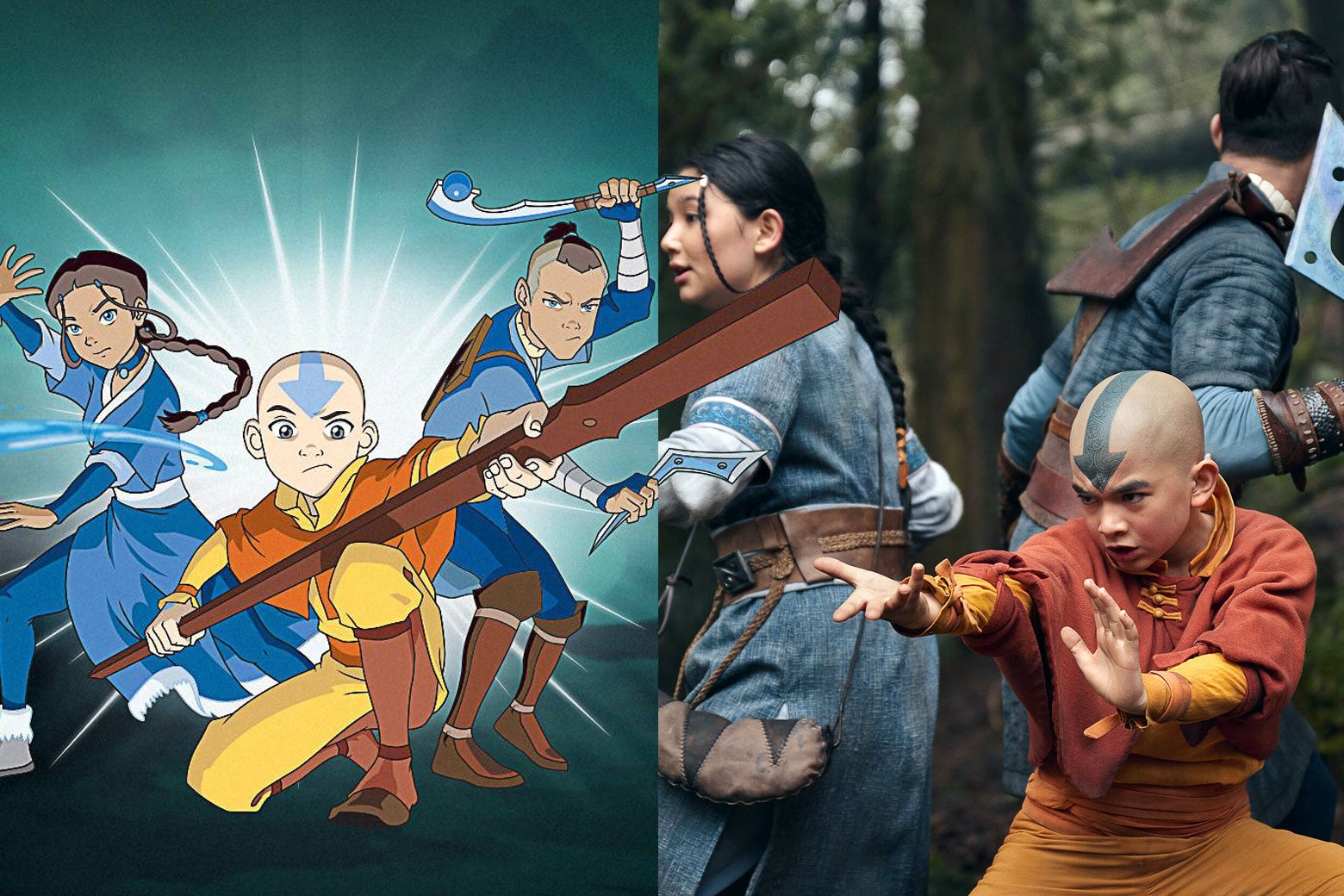Netflix’s live-action adaptation of Nickelodeon’s beloved animated series Avatar: The Last Airbender has officially arrived. It’s been a long time coming: The show, set in an Asian-inspired fantasy world shaped by the ability to “bend” the natural elements, has spawned a sequel series, comic books, and a high level of interest in additional stories set in the same universe. In the lead-up to the release of Netflix’s adaptation, the show has been intensely scrutinized by the original series’ fans, especially after news broke two years into development that the creators of the cartoon, Michael Dante DiMartino and Bryan Konietzko, had walked away from the project due to creative differences. Fans couldn’t help but see foreboding echoes of the 2010 M. Night Shyamalan live-action film adaptation that is widely considered to be a terrible movie.
So how much has the series changed from the original? The answer, in short, is a lot. After all, Netflix’s version is only eight episodes so far, compared to the animated series’ 20-episode first season. There are too many differences to list, but let’s break down some of Netflix’s biggest departures from its source material.
The Beginning
One of the best aspects of the animated series is how it drops the viewer in the middle of the action, filling in much of the backstory through flashbacks as the story progresses. When we first meet Aang in that version, he’s still trapped in the iceberg that Sokka and Katara save him from. Netflix, by contrast, relays the events leading up to Aang’s (Gordon Cormier) centurylong slumber, how he became trapped in the ice, and his subsequent emergence thanks to Sokka (Ian Ousley) and Katara (Kiawentiio).
The Previous Avatars
… (content continues)

